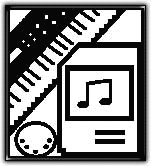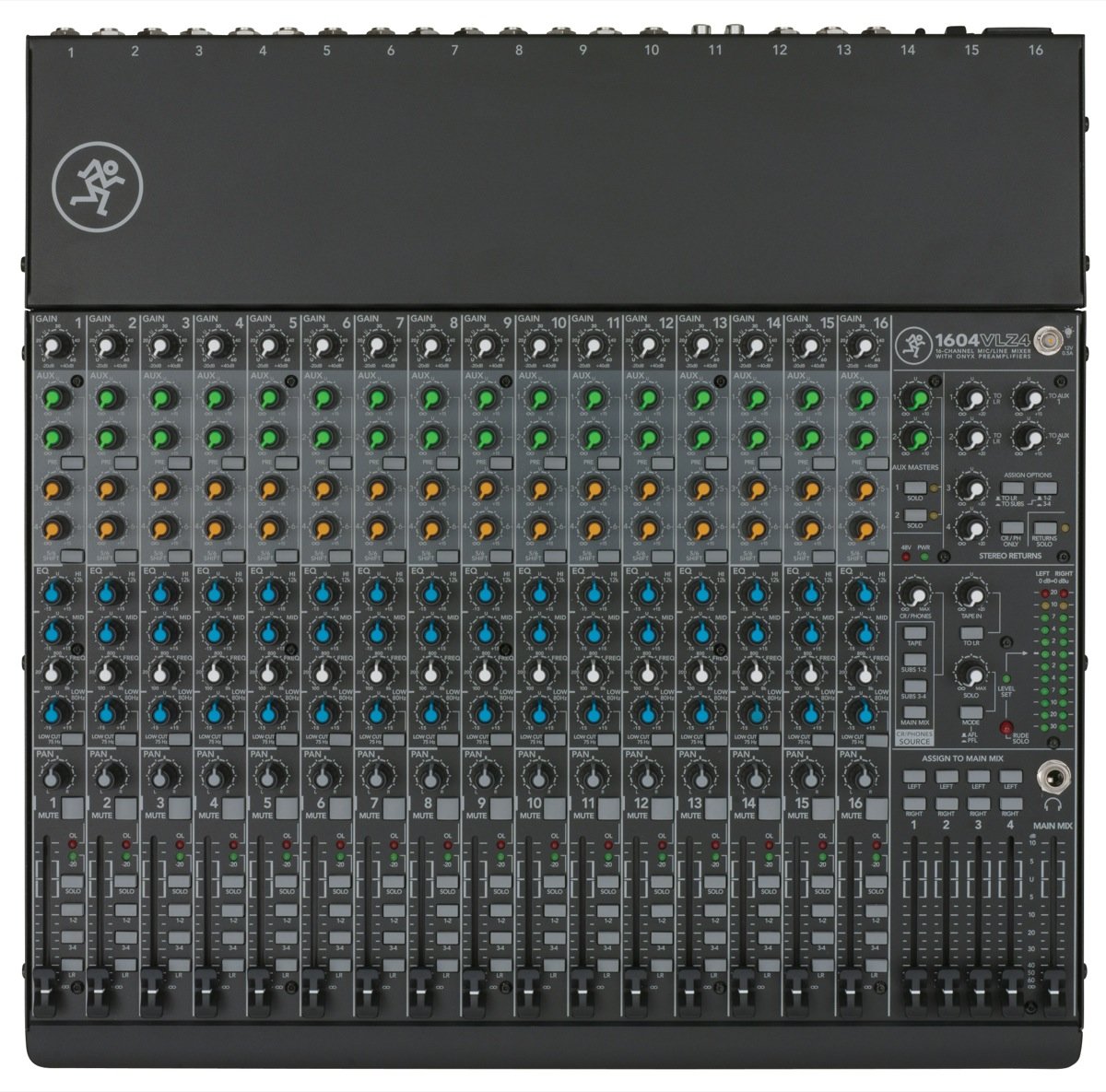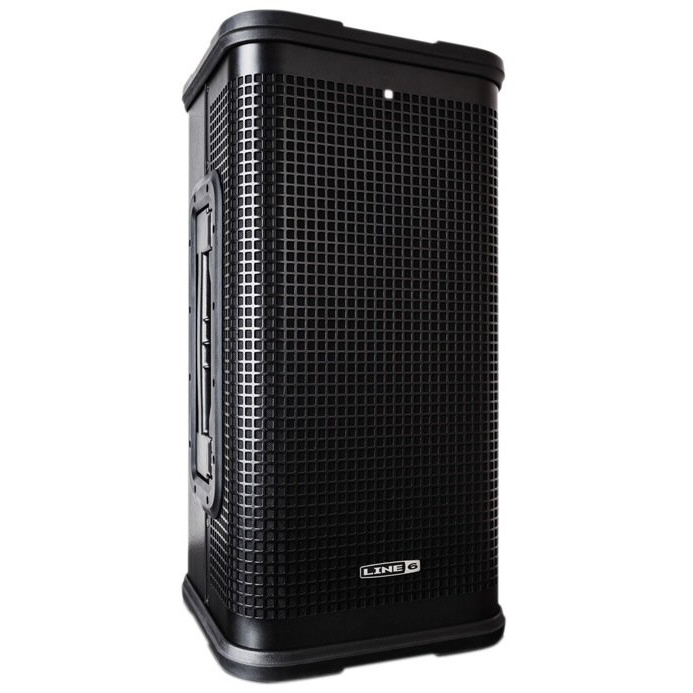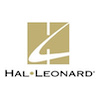A colorful time warp back to when a weird little gadget fuzzed the lead guitar on a certain Rolling Stones hit and made history in the sonics of rock and pop
-- The story of the device that created some of the most famous sounds of the '60s and '70s
-- Includes 200 photos of these wild, sound-shaping inventions
-- Appeals to the millions of guitarists who use stompboxes today
The Stones' "Satisfaction". The Beatles' "Taxman". Jimi Hendrix' "Star-Spangled Banner/Purple Haze". These historical songs plus thousands more from the '60s and '70s owe a huge debt to a little gadget called the stompbox.
Stompboxes are fuzz boxes, talk boxes, wah-wah pedals, reverb and tremolo bars, and other add-on devices electric guitarists use to distort and sculpt their instrument's sound, creating outrageous effects. Stompboxologist Art Thompson describes the development of these odd little units with the unique analog tones, and shows how they're making a powerful comeback today -- even over digital effects.
Tracing its roots to the 1948 invention of the transistor, Thompson reveals how the stompbox's creators, manufacturers, and guitarists created weird, riveting effects that enticed more and more players to innovate.
Readers go behind the scenes to see some of the musical accidents that led to the stompbox. For example, at the 1961 Nashville studio session for Marty Robbins's "Don't Worry", when a channel in the mixing board began distorting, the guitarist kept playing -- creating Nashville's first recorded fuzz solo and an insatiable demand for the strange effect.
Stompboxes had wacky shapes, wild colors, and crazy names like Fuzz Wah Diddy and Orange Squeezer. This unusual book ispacked with photos -- more than half in color -- of these relics as well as vintage reissues by the key manufacturers.





